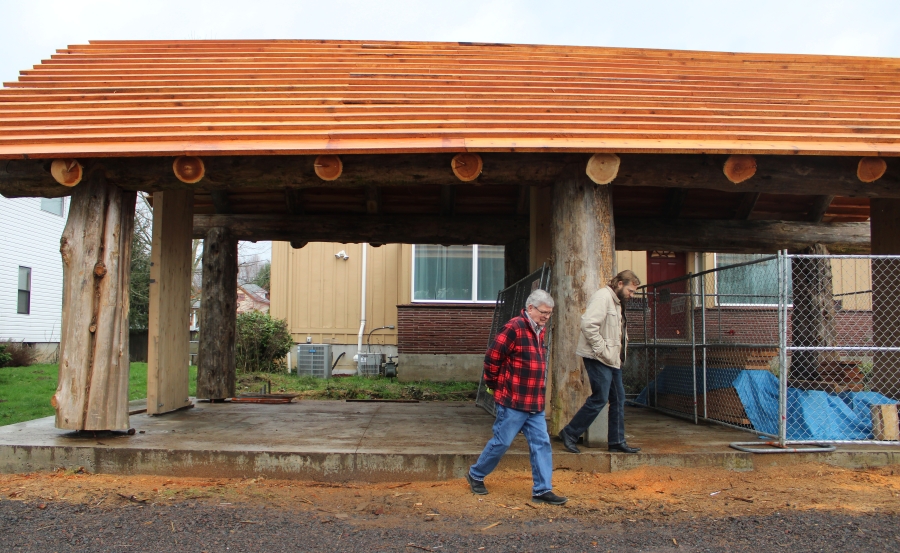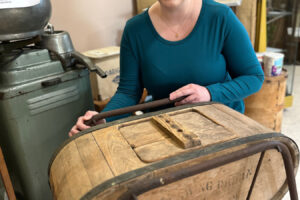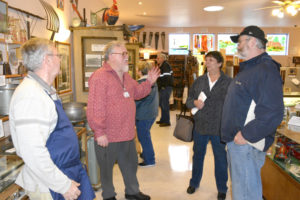Significant progress is being made on the construction of The Gathering Place at Washuxwal at Two Rivers Heritage Museum in Washougal.
In January, builders fit large cedar planks to the top of the open-structure pavilion, creating not only a roof, but a milestone moment for the project commissioned by the Camas-Washougal Historical Society (CWHS).




